Photo Gallery for Scytodes atlacoya - a spitting spider | 35 photos are available. Only the most recent 30 are shown.
|
 | Recorded by: Terrell Tucker on 2025-06-25
Moore Co.
Comment: | 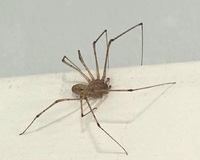 | Recorded by: Briana Long on 2025-05-28
Harnett Co.
Comment: |
 | Recorded by: Mark Shields on 2025-04-22
Onslow Co.
Comment: | 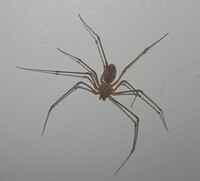 | Recorded by: Jessica Bridges on 2025-03-31
Chatham Co.
Comment: |
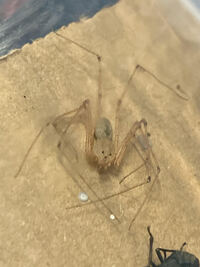 | Recorded by: Bryan Eddy on 2024-05-24
Wake Co.
Comment: |  | Recorded by: Mark Basinger on 2024-03-07
Brunswick Co.
Comment: |
 | Recorded by: Mark Basinger on 2024-03-07
Brunswick Co.
Comment: | 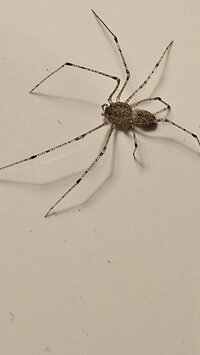 | Recorded by: Terrell Tucker on 2024-01-27
Moore Co.
Comment: |
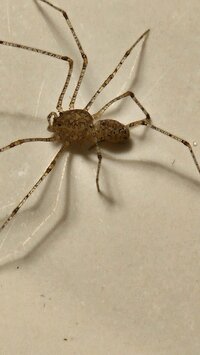 | Recorded by: Terrell Tucker on 2024-01-27
Moore Co.
Comment: | 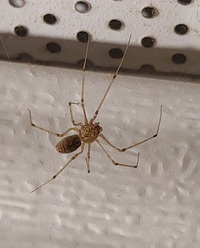 | Recorded by: Mark Basinger on 2023-10-27
Brunswick Co.
Comment: |
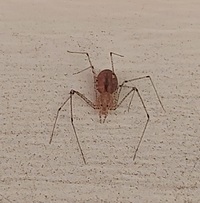 | Recorded by: Mark Basinger on 2023-09-30
Brunswick Co.
Comment: | 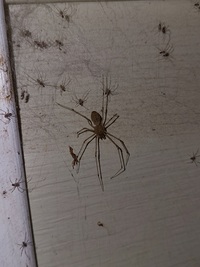 | Recorded by: Mark Basinger on 2023-09-16
Brunswick Co.
Comment: |
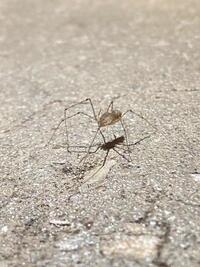 | Recorded by: Tobias Crosariol on 2022-04-11
Scotland Co.
Comment: | 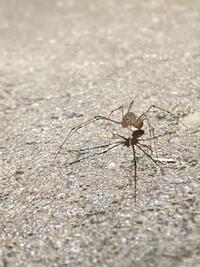 | Recorded by: Tobias Crosariol on 2022-04-11
Scotland Co.
Comment: |
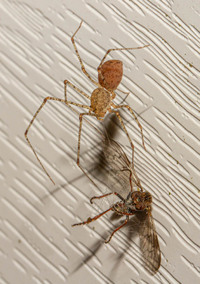 | Recorded by: Steve Hall and Bo Sullivan on 2021-10-04
Moore Co.
Comment: |  | Recorded by: Steve Hall and Bo Sullivan on 2021-10-04
Moore Co.
Comment: The "spit" visible here has been shown to be a mix of a "glue," venom, and silk(!) all created in the venom glands. (Suter & Stratton, 2009) |
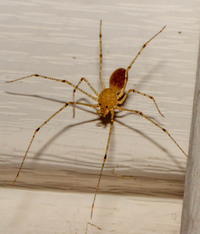 | Recorded by: Steve Hall and Bo Sullivan on 2021-10-04
Moore Co.
Comment: | 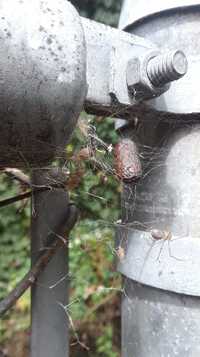 | Recorded by: Brian WAGONER & Donald ZEPP on 2021-08-20
Cumberland Co.
Comment: |
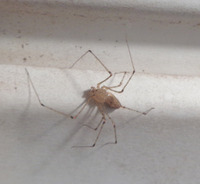 | Recorded by: Michael P. Morales on 2021-06-27
Sampson Co.
Comment: | 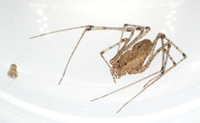 | Recorded by: Donald ZEPP on 2021-03-26
Wake Co.
Comment: |
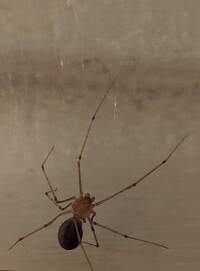 | Recorded by: Mark Basinger on 2021-03-24
Brunswick Co.
Comment: |  | Recorded by: R. Newman on 2021-03-24
Carteret Co.
Comment: |
 | Recorded by: R. Newman on 2021-03-24
Carteret Co.
Comment: | 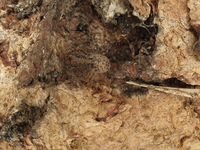 | Recorded by: Donald ZEPP on 2021-03-21
Johnston Co.
Comment: |
 | Recorded by: Donald Zepp on 2021-02-24
Johnston Co.
Comment: Female hunting on window screen in February (Johnston Co.). | 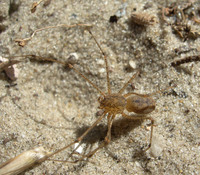 | Recorded by: R. Newman on 2020-11-03
Carteret Co.
Comment: |
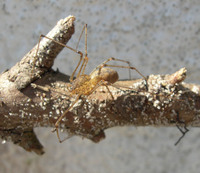 | Recorded by: R. Newman on 2020-11-03
Carteret Co.
Comment: | 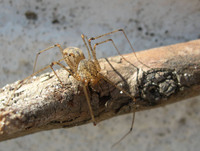 | Recorded by: R. Newman on 2020-11-03
Carteret Co.
Comment: |
 | Recorded by: Mark Basinger on 2020-08-17
Wilson Co.
Comment: | 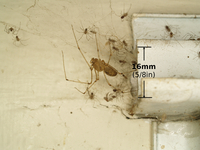 | Recorded by: Donald ZEPP on 2020-06-17
Johnston Co.
Comment: |
|
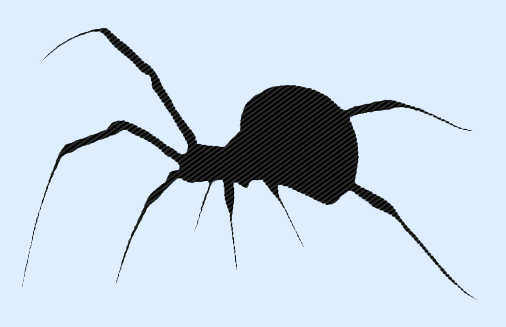
 »
»

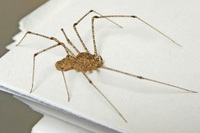


 »
»


